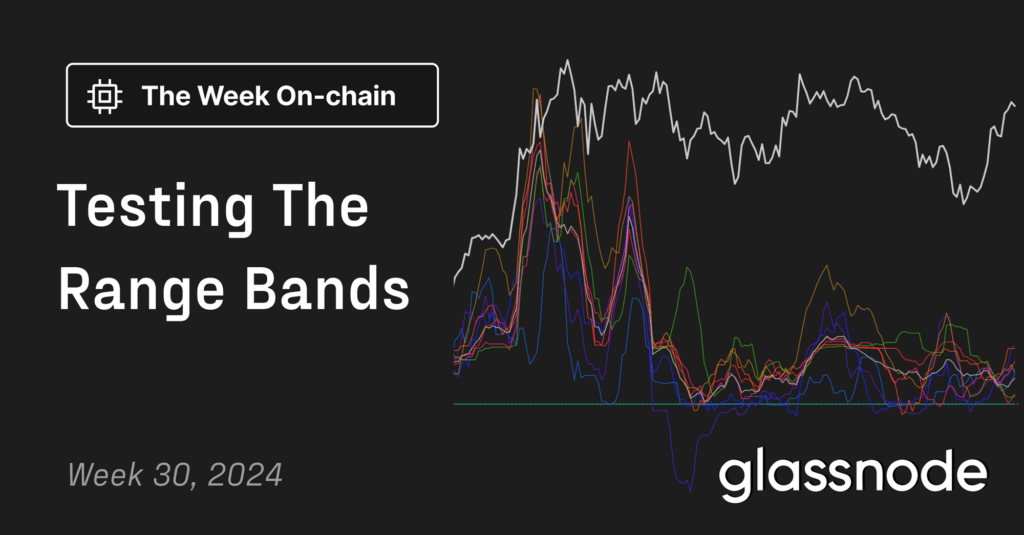Podcast Summary
The podcast featured Matthew Mežinskis, an expert in economics and cryptocurrencies, who delved into the intricacies of Bitcoin’s price trend lines, the impact of central banks on money, and the role of leverage in the crypto market. The discussion also touched upon various statistical models, their limitations, and future price predictions for Bitcoin.
Key Takeaways
The Stability of Bitcoin’s Trend Lines Over Time
- Statistical Significance: The podcast emphasized that Bitcoin’s trend lines have remained remarkably stable over the years, especially when compared to the early days of Bitcoin.
- Long-term Perspective: Despite short-term fluctuations, the long-term trend lines provide a more stable and reliable perspective on Bitcoin’s price trajectory.
- Comparative Analysis: When compared to other models like Stock-to-Flow, the trend line model offers a more dynamic and adaptable framework for understanding Bitcoin’s price.
Impact of Central Banks on Money
- Monetary Policy: The podcast delved into how central banks’ monetary policies have fundamentally altered the nature of money, affecting its value and utility.
- Long-term Effects: The actions of central banks have long-term implications, often leading to inflation and affecting the purchasing power of money.
- Bitcoin as an Alternative: In this context, Bitcoin emerges as a more stable and decentralized alternative to traditional fiat currencies.
Role of Leverage in the Crypto Market
- Leverage Dynamics: The podcast discussed the role of leverage in the crypto market, particularly its impact on Bitcoin’s price.
- Risk Factors: Excessive leverage can introduce significant risk into the market, making it more susceptible to volatile price swings.
- Comparative Risks: The risks associated with leverage in the crypto market were compared to those in traditional financial markets.
Statistical Models and Their Limitations
- Model Adaptability: The podcast highlighted the need for statistical models to adapt over time, especially as more data becomes available.
- Model Comparison: Various models like Stock-to-Flow and trend lines were compared, with an emphasis on their limitations and applicability.
- Scientific Approach: The discussion advocated for a more scientific and data-driven approach to understanding Bitcoin’s price movements.
Future Predictions and Speculations
- Price Predictions: The podcast touched upon future price predictions for Bitcoin, based on existing trend lines and statistical models.
- Market Sentiment: Future market sentiments were speculated upon, considering various factors like central bank policies and market leverage.
- Investment Strategies: The discussion also covered potential investment strategies based on these predictions and market sentiments.
Sentiment Analysis
- Bullish: The podcast generally conveyed a bullish sentiment towards Bitcoin, especially in the long term. The stability of Bitcoin’s trend lines and its potential as an alternative to traditional fiat were highlighted.
- Bearish: While the podcast did discuss the risks associated with market leverage and central bank policies, it did not express a bearish sentiment.
- Neutral: The podcast maintained a balanced view, acknowledging the limitations of statistical models and the need for a more scientific approach to understanding Bitcoin’s price.












